1 | 2 | 3Description (Page 1)
Russia, the world's largest country, obviously defies a "brief description," as it covers 9 time zones, all climate zones except tropical, with land that stretches almost halfway around the planet.
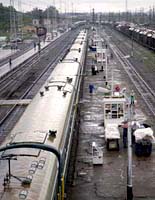 In fact, by jet from Moscow, it takes about eight hours to reach Vladivostok on thePacific Ocean coast. If you were to take the trip on the Trans-Siberian Railroad, you can count on your journey taking at least 4 days minimum.
In fact, by jet from Moscow, it takes about eight hours to reach Vladivostok on thePacific Ocean coast. If you were to take the trip on the Trans-Siberian Railroad, you can count on your journey taking at least 4 days minimum.Russia has over 1,000 major cities, 16 of which have a metro population of more than one million; the most populated cities are Moscow, St. Petersburg, Novosibirsk, Yekaterinburg and Nizhny Novgorod.
Moscow, the capital, with over 12 million (metro) residents, is the country's major economic and political center - the seat of the President, the government and the State Duma.
The Russian landmass west of the Ural Mountains (shown above in a lighter shade of grey) is referred to as European Russia by most educational atlases and geography experts. It is not a separate country, but rather called that because of its political, cultural and geographical blendings with Europe.
A Brief History of Russia
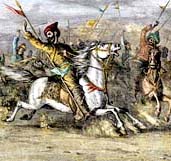 Historically, Russia was occupied by Mongols, and the likes, for centuries. Early Russian ancestors belonged to Slavic tribes, and by the mid-9th century vikings arrived. The vikings moved across the vast landscape, utilizing the many waterways, and maintained trade along the way.
Historically, Russia was occupied by Mongols, and the likes, for centuries. Early Russian ancestors belonged to Slavic tribes, and by the mid-9th century vikings arrived. The vikings moved across the vast landscape, utilizing the many waterways, and maintained trade along the way.Eventually, the Norse peoples merged with the Slavic population, absorbing Greek Christian influences as well, and then, in the mid-1200s the Mongols arrived.
The impact of the Mongol invasion, at best, was uneven - older cities never completely recovered from the destruction, while the new cities of Moscow, Tver and Nizhny Novgorod began to fight for power amidst the Mongol-dominated land.
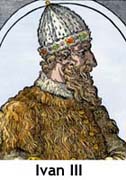 The Mongols began to falter by the middle of the 14th century, and, upon their eventual collapse, Moscow's leadership began to expand outward. The influence of the Mongols in terms of military tactics and transportation remained with the Russian peoples, and in the 15th century Ivan III (Ivan the Great) organized the foundation for a Russian national state.
The Mongols began to falter by the middle of the 14th century, and, upon their eventual collapse, Moscow's leadership began to expand outward. The influence of the Mongols in terms of military tactics and transportation remained with the Russian peoples, and in the 15th century Ivan III (Ivan the Great) organized the foundation for a Russian national state.Ivan IV emerged in 1547 as a powerful, autocratic ruler - giving himself the title of "Tsar" - he was known for his ruthlessness, and strengthened the position of the monarch to an unparalleled degree.
Description continued...
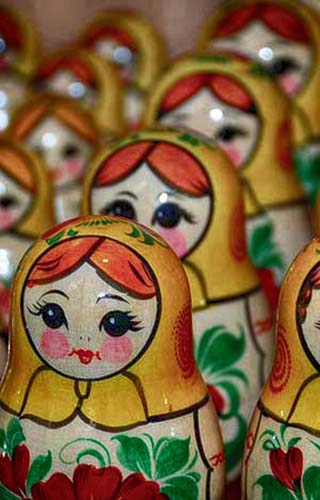
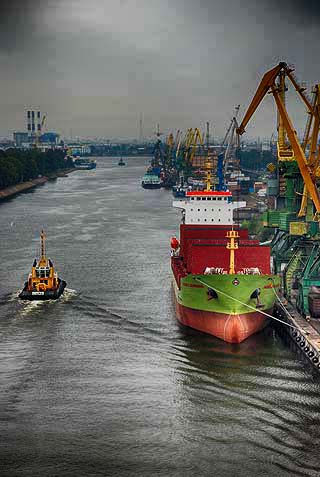
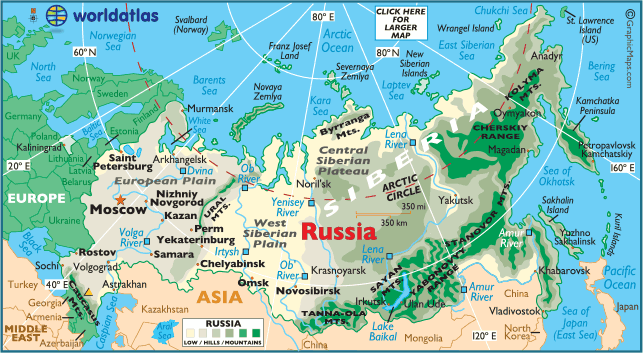
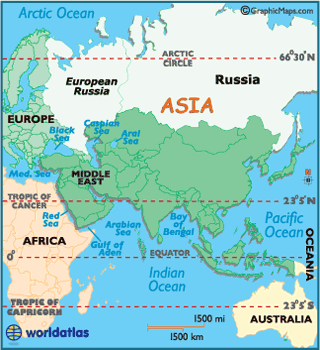




No comments:
Post a Comment